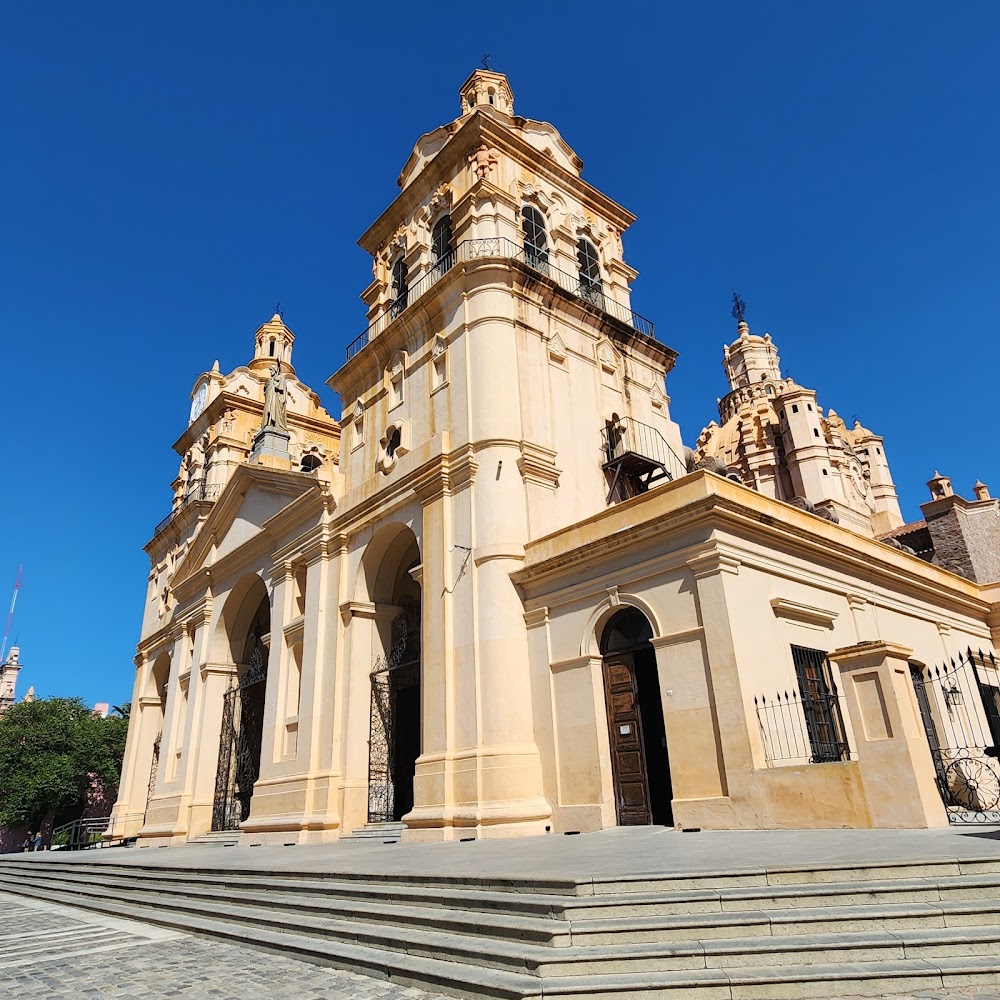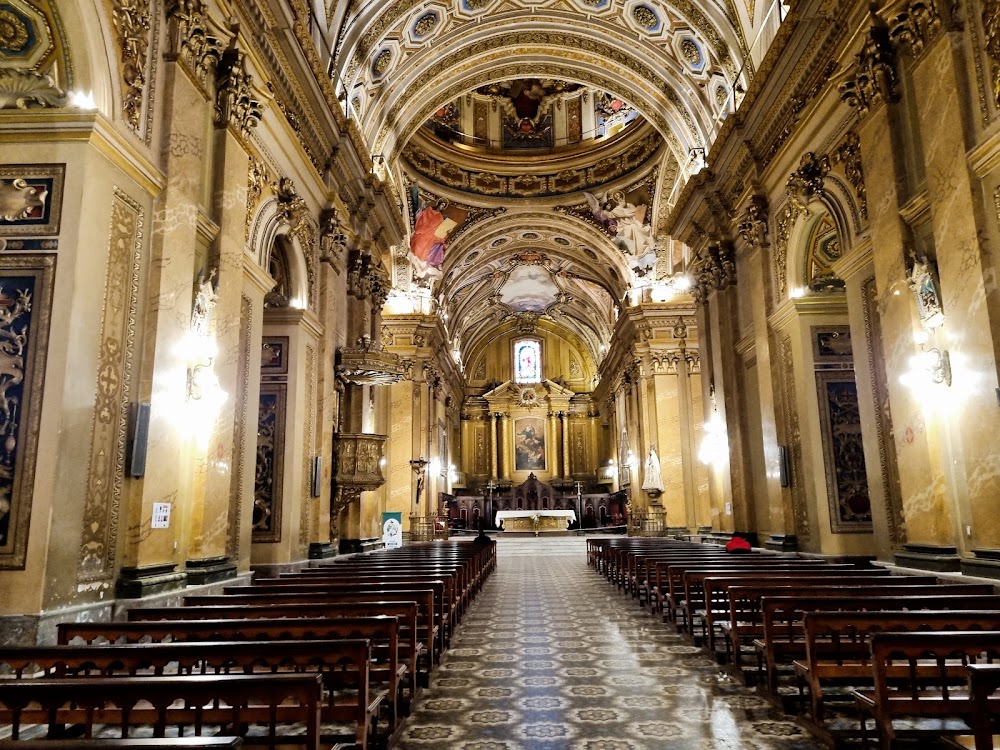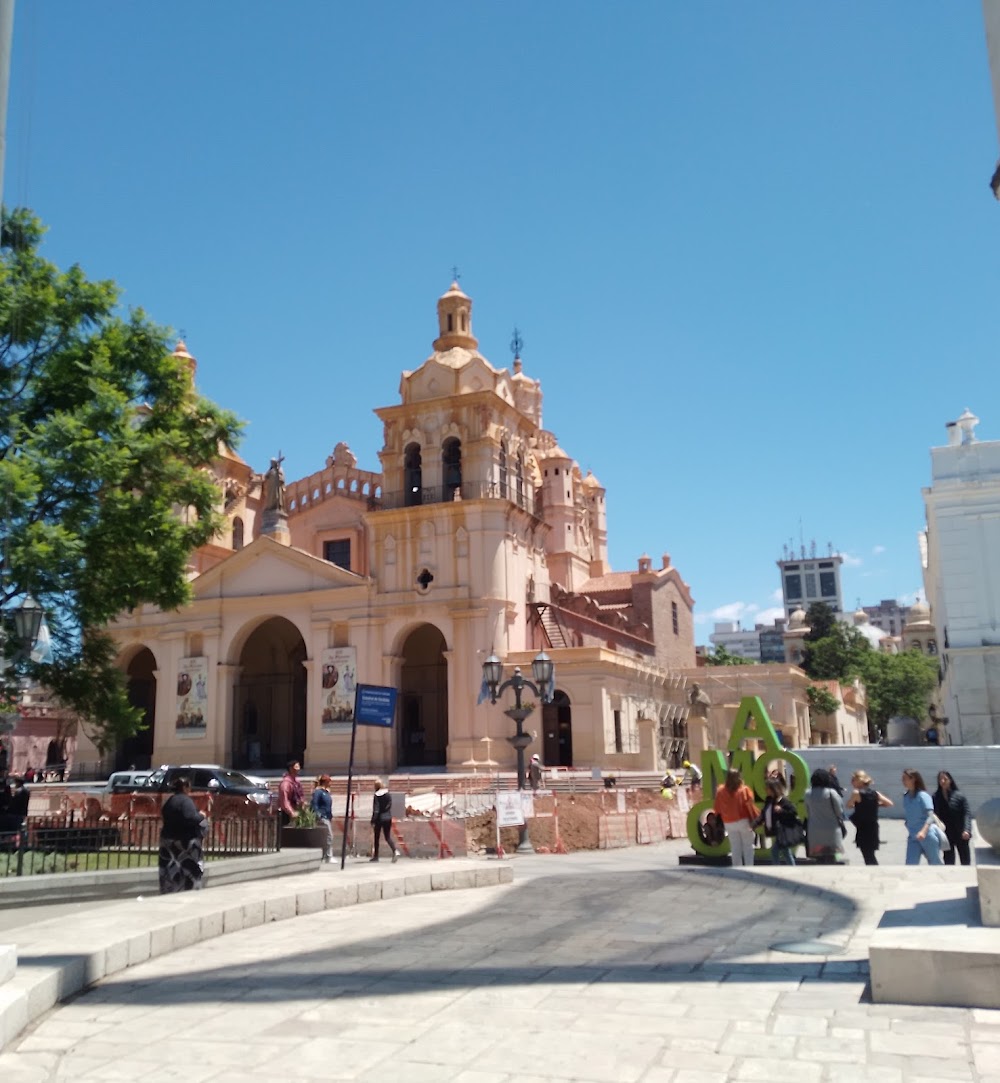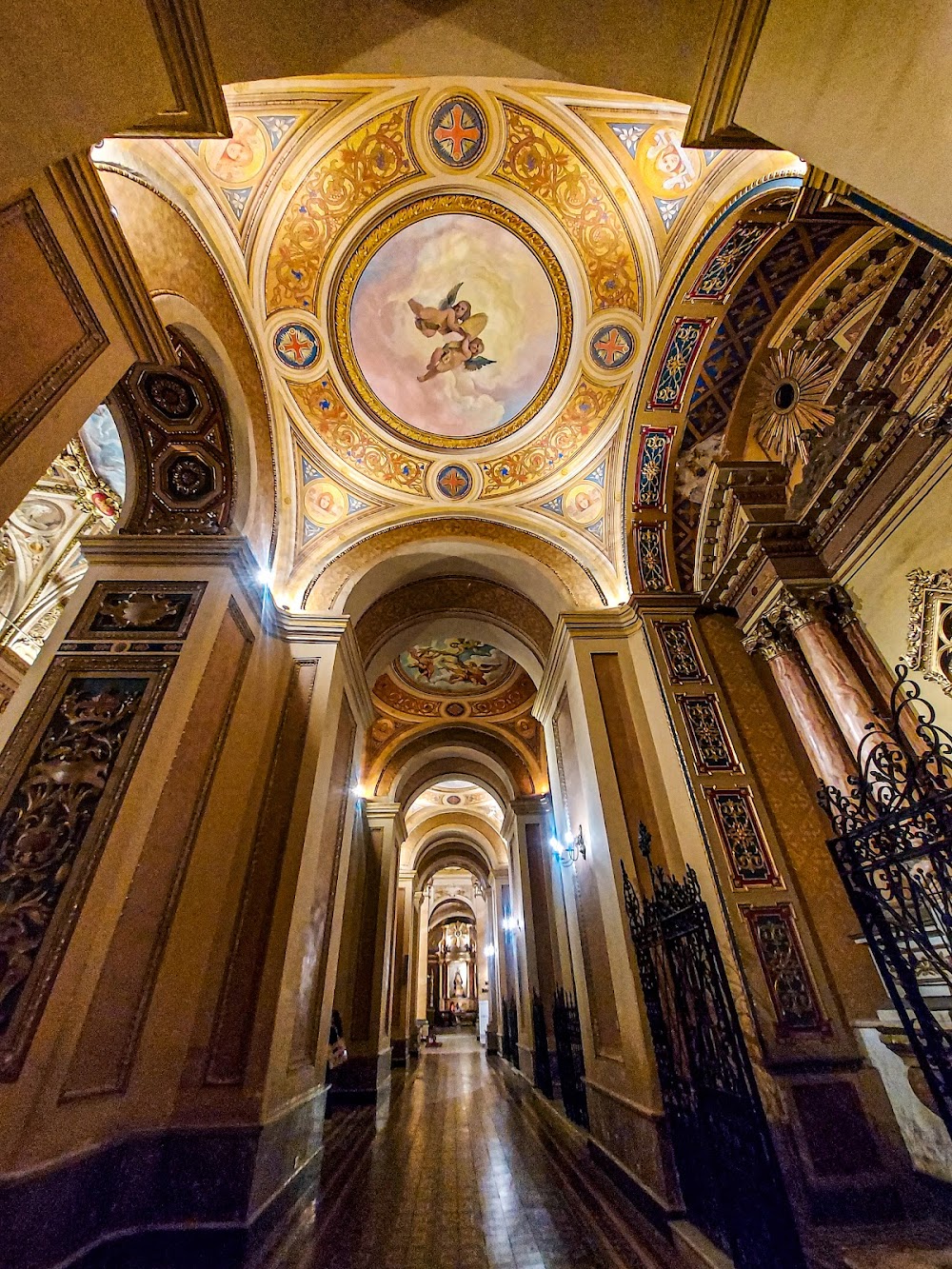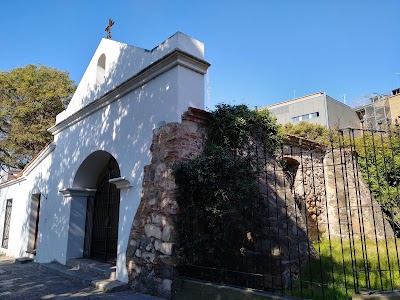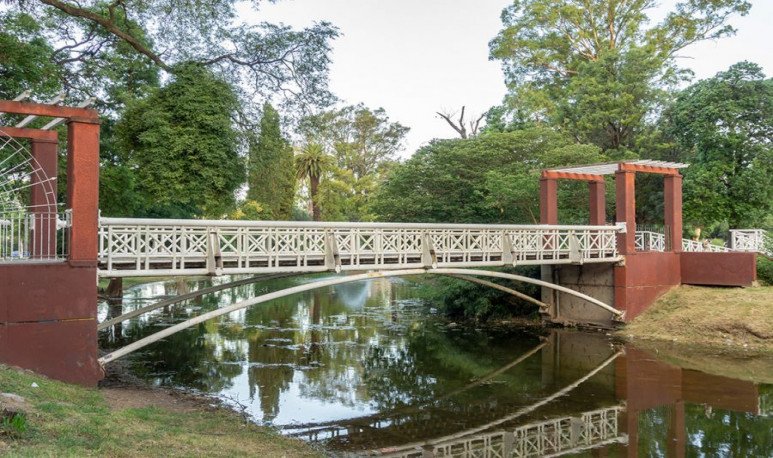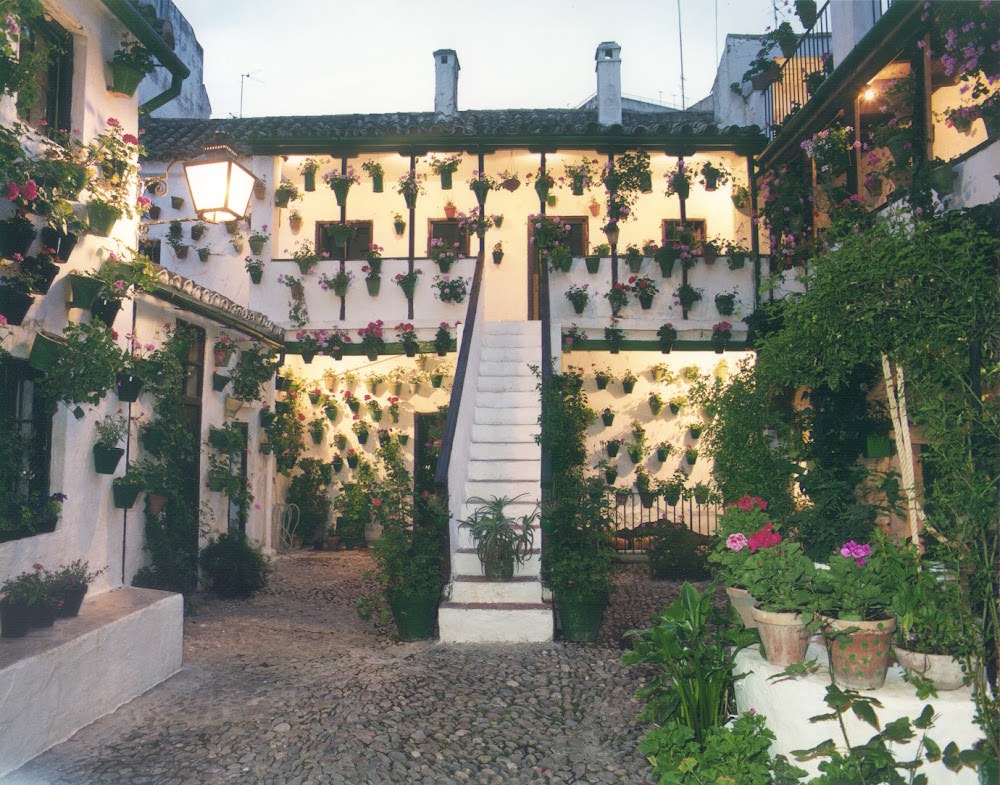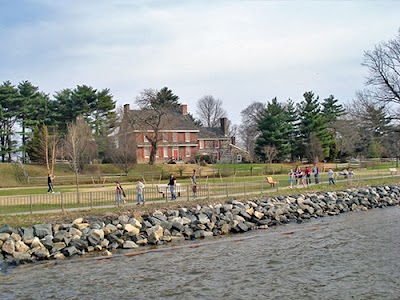Córdoba Cathedral (Catedral de Córdoba)
Overview
The Catedral de Córdoba, formally known as Nuestra Señora de la Asunción, proudly graces the heart of Córdoba, Argentina. This magnificent structure is not just an architectural marvel; it embodies a rich tapestry of history, determination, and resilience that spans centuries.
The journey to construct this iconic cathedral began in 1582, shortly after the founding of Córdoba. Initially, it stood as a modest adobe building, a reflection of the limited resources and materials available at the time. However, this humble edifice was never intended to be a permanent home for worship, setting the stage for a grander vision.
In the early 17th century, local Jesuit architects embarked on a more ambitious project. In 1604, they laid the cornerstone for a new stone cathedral. Although the foundation marked a promising start, the path to completion was fraught with challenges. Funding shortages, design changes, and natural disasters—including damaging floods—caused significant delays and setbacks.
A pivotal moment in the cathedral's history came in the mid-18th century with the arrival of Spanish architect Martín del Castillo. His expertise revitalized the project, and under his direction, the façade began to take on its now-recognizable shape. Tragically, del Castillo passed away in 1729, leaving the work incomplete and the future uncertain.
Continuing del Castillo's vision, architect Felipe Leme took the helm and introduced a stunning Baroque style. This is evident in the ornate details of the façade and the intricate interior decorations. Although Leme's contributions were invaluable, the project still faced delays as it moved towards its long-awaited completion.
Finally, in 1784, the cathedral was consecrated, marking the end of a lengthy and arduous construction journey. The doors opened for worship, yet the work did not conclude there; finishing touches and renovations continued well into the 19th century, including the addition of the striking dome that now graces the skyline.
Inside, the cathedral is as breathtaking as its exterior. The high altar, adorned with gilded details and exquisite carvings, immediately captures the eye. Visitors are treated to the stunning frescoes painted by renowned local artist Emilio Caraffa, which add layers of cultural significance to the space. The wooden pulpit, with its intricate carvings, showcases the extraordinary craftsmanship that went into the cathedral's design.
Today, the Catedral de Córdoba stands not only as a place of worship but as a historical monument that narrates a saga of perseverance. The blend of architectural styles—including Renaissance foundations, Baroque advancements, and later Neoclassical influences—tells a continuous story of adaptation and artistic collaboration.
As a center of spiritual life and a testament to the city’s rich history, the cathedral attracts visitors from around the globe. Here, they can admire its beauty, reflect on its remarkable story, and immerse themselves in a significant piece of Argentina's cultural heritage.


